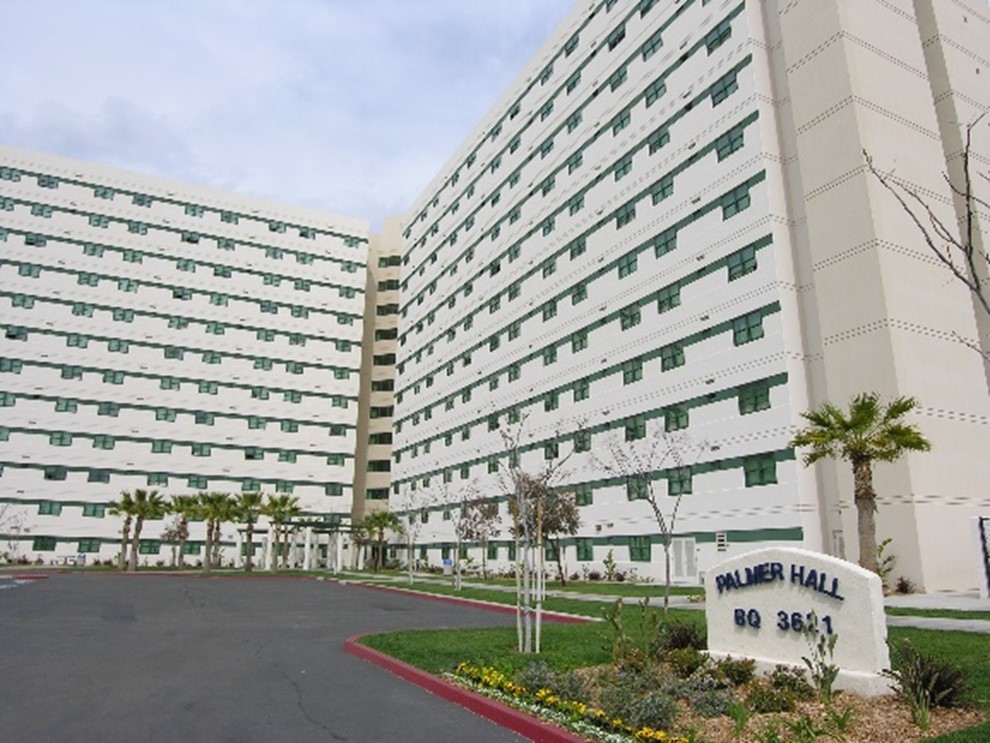
Navy Housing is dedicated to providing suitable, affordable and safe living quarters for single or unaccompanied Sailors who live in Unaccompanied Housing (UH). CNIC’s mission is to “…deliver shore-based products and services to sustain the fleet, enable the fighter and support the family…” The UH program provides housing and related services in support of Navy’s mission and readiness.
The Navy Housing authority is responsible for barracks and dormitory housing operations and the facilities for unaccompanied personnel. The Installation commanding officer is the housing authority at the installation and is responsible in applying housing standards and providing equitable availability of housing to all eligible personnel. Depending on the location and mission of the installation, UH could include quarters for permanent party single Service members, unaccompanied Service members, students, and authorized civilians who are assigned to the installation or units supported by the installation both afloat or ashore. UH is further separated between permanent party barracks, mission essential barracks (to include austere barracks), and student dormitories. UH is classified as government-owned or leased, and public-private venture housing (UH-PPV).
The diversified UH funding sources require multiple commands and organizations across every echelon of the Navy’s shore establishment to effectively manage the UH program. The UH manager is responsible for the day-to-day management of all UH facilities and operations. Installation partners support the UH program by providing required services and functions not funded by the quarters operation account of UH. UH works closely with Public Works Department (PWD), Preventive Medical Unit (PMU), Fire and Emergency Services (F&ES), Security and Force Protection, Navy Housing Service Centers (HSC) and other installation partners.
The information provided on this website will assist you in your housing requirements and includes information on community housing, government housing and UH-PPV housing.
Select one of the tabs below or the menu button for more information: